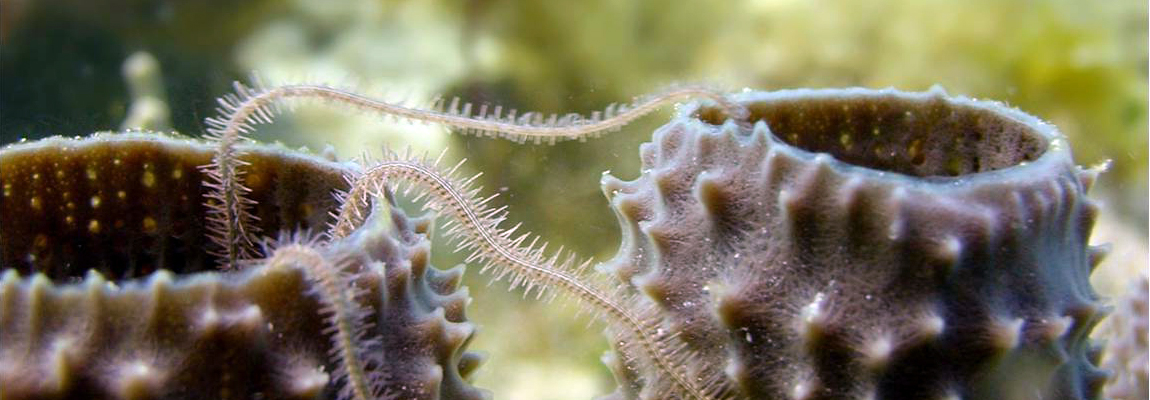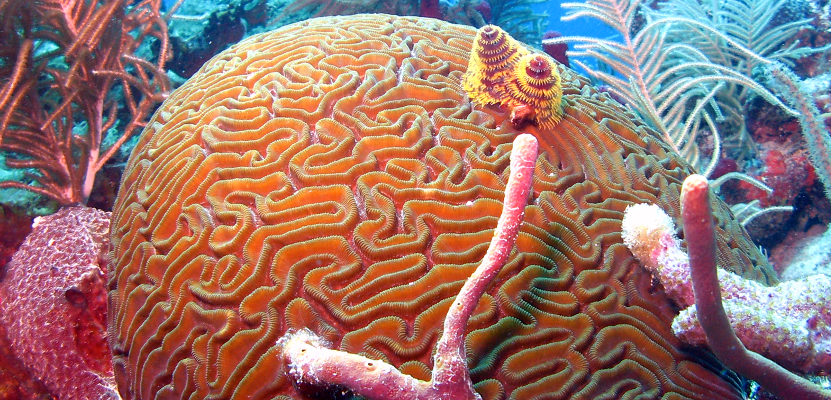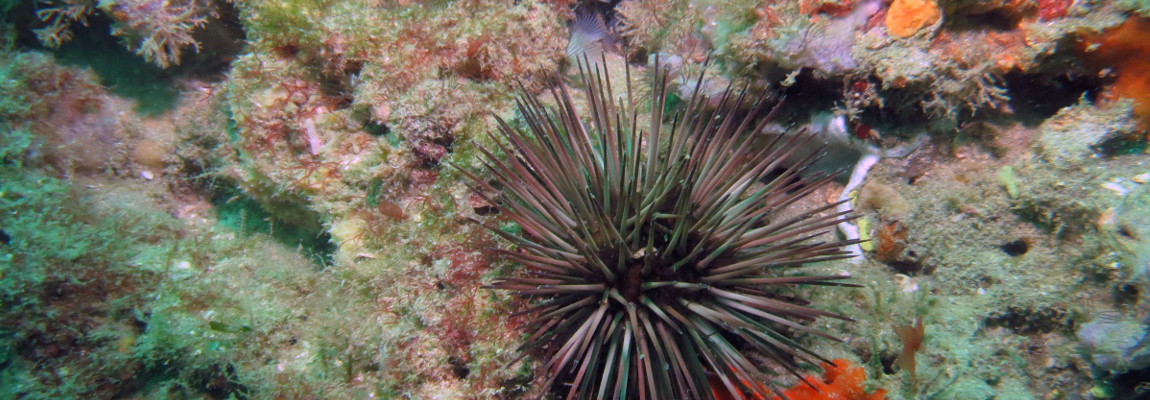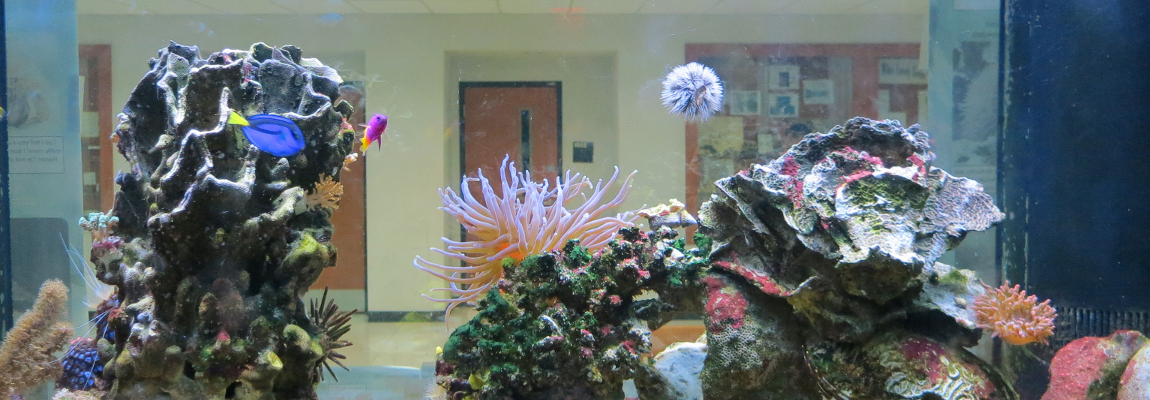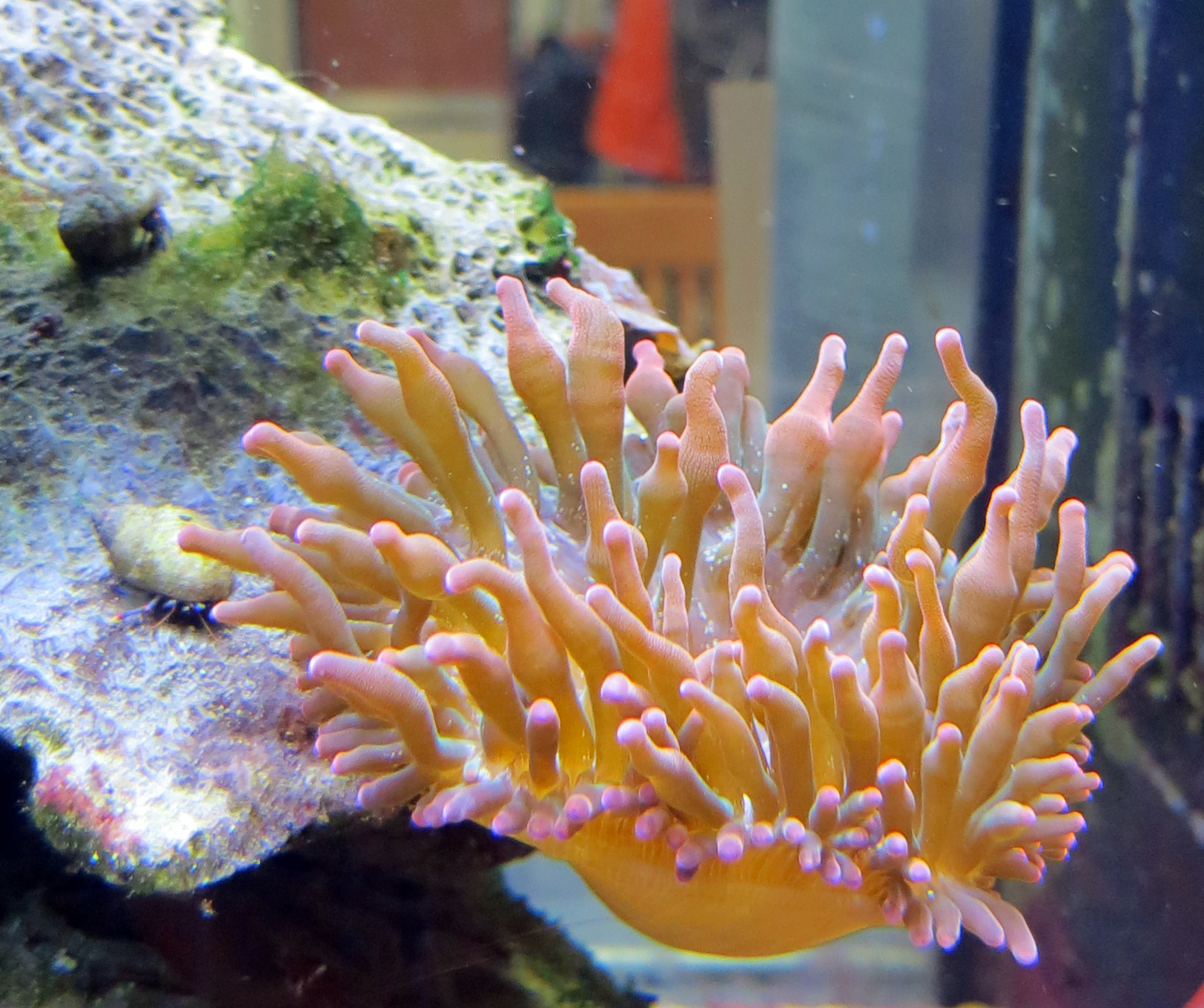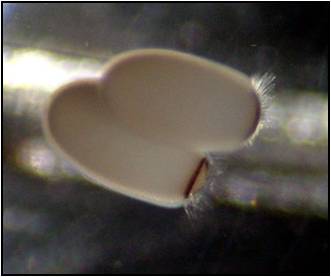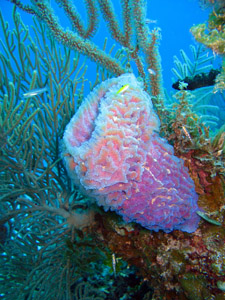Using science to explore marine communities in the lab, in the field, and in the classroom.
The MarEco Lab, organized by Dr. Tim Henkel at Valdosta State University, uses field and laboratory techniques to examine competition, predation, and facilitation under ecologically relevant conditions. Working primarily with marine invertebrates, we explore the biotic and abiotic factors that structure marine communities. Of particular interest are species-specific interactions which can provide insight into the evolutionary forces that drive speciation in marine systems.
In addition to using science as a tool to understand marine communities, we use science as a tool for teaching and learning biology in the undergraduate classroom. Current biology education research interests include the role of metacognition in learning, and the use of technology and quantitative reasoning as tools for understanding and conveying complex biological processes.



